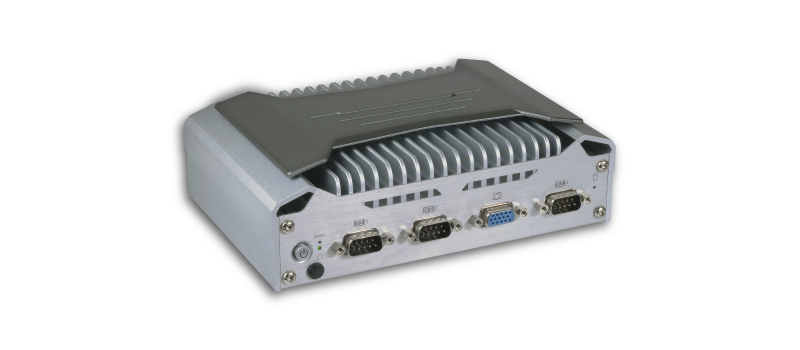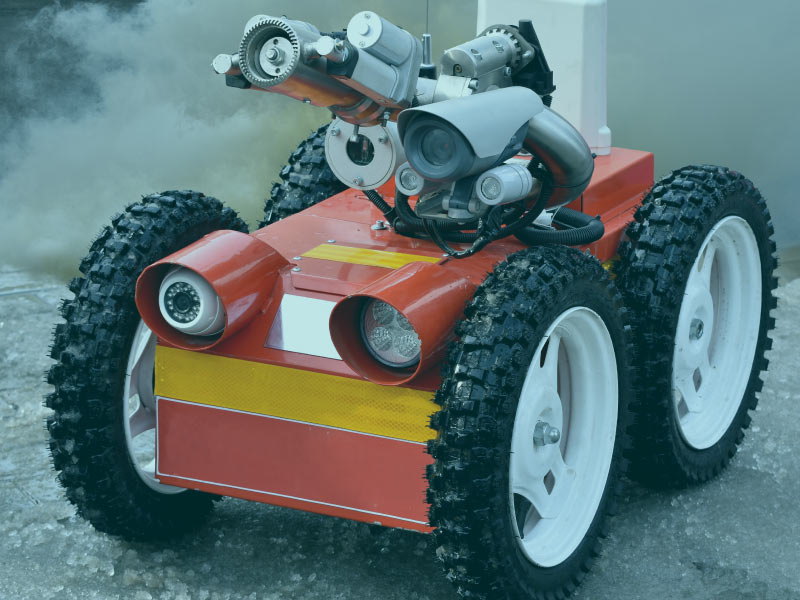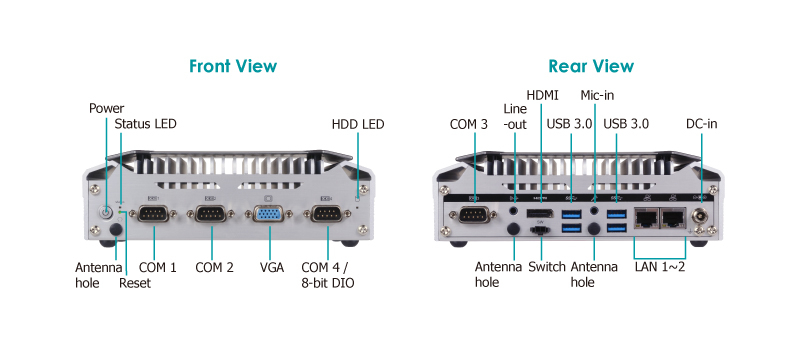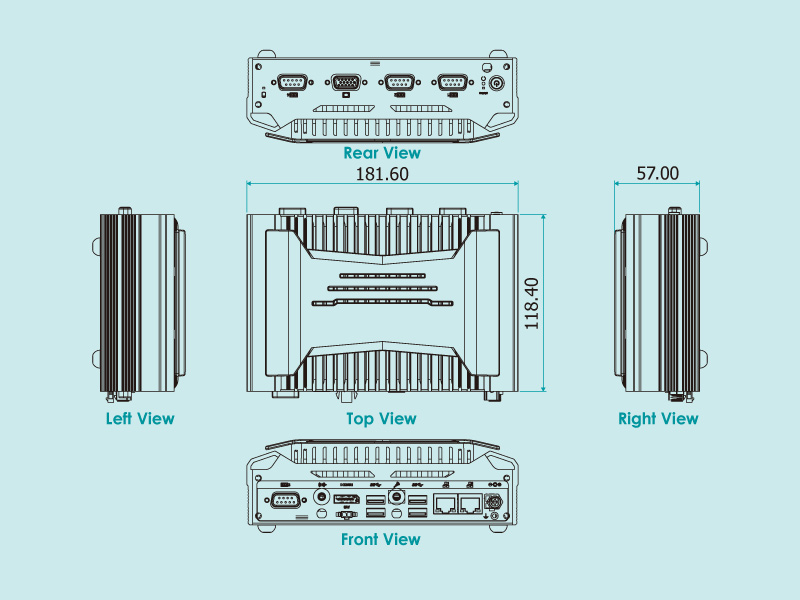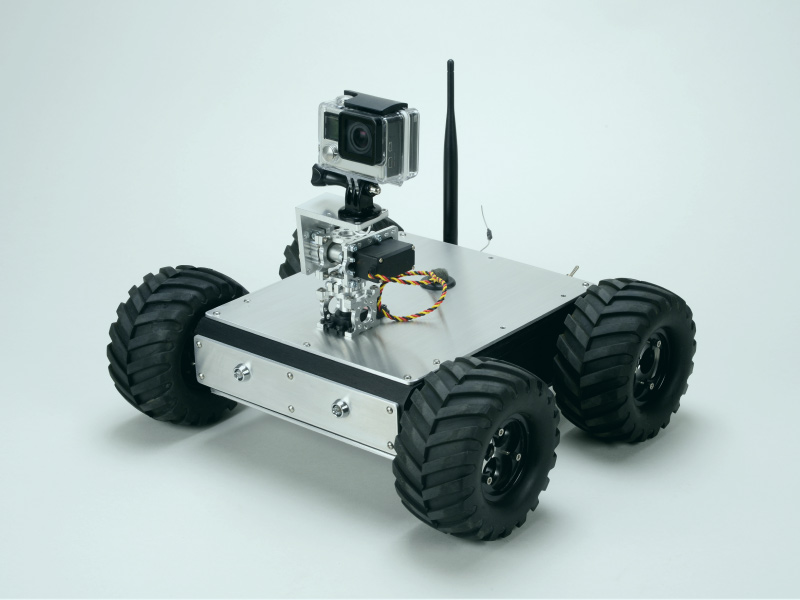Another Chinese customer, established in 2007, is committed to supplying robots and artificial intelligence-related products and overall solutions. With cutting-edge technologies in related fields as the core, it focuses on automatic robot control, navigation and positioning, machine learning, graphics, and image analysis, and developed various innovative robot products widely used in power, chemical, energy, and security railways, and other fields.
Its self-developed intelligent inspection robot takes the general robot technology as the core. It integrates multi-sensor fusion technology, intelligent image recognition and analysis technology, autonomous navigation and positioning technology, non-contact detection, and other technologies to achieve total autonomy efficiency in all-weather substations. As a result, intelligent inspection and monitoring, while effectively reducing the labor intensity of employees, improve the automation and intelligence of operation and maintenance work. And provide innovative applications for substations with none or few people on duty.
The computing core of its miniature intelligent inspection robot also uses DFI's EC70A-SU, which has a sturdy and durable structure. It comprises industrial-grade components inside and outside, supports 15~36V DC wide-voltage power input, and can operate stably at temperature ranges between -20°C to 60°C. In addition, the onboard memory has a stronger shock resistance, which meets the durability of this miniaturized intelligent inspection robot during movement. The EC70A-SU also provides six COM ports with galvanic isolation protection and supports RS-232/422/485 by adjusting the jumper, which improves customization flexibility.
Therefore, in addition to essential functions such as autonomous navigation, automatic charging, sound and light alarm, short message notification, and intelligent inspection, it is also convenient to customize for customers in different industries. Furthermore, it can also integrate exclusive functions, such as infrared temperature measurement, three-phase temperature difference judgment, meter recognition, leak detection, defect detection, defect recognition, foreign body recognition, and other functions to become essential features of this miniaturized intelligent inspection robot.
Finally, the EC70A-SU supports a 15-year long-term supply of CPUs until the first quarter of 2030 and has a diversified selection of processor models, which uses EC70A-SU without worry. Furthermore, the compact, lightweight, and powerful EC70A-SU is used as a miniaturized intelligent inspection robot with a computing brain, bringing higher value to the unmanned substation.







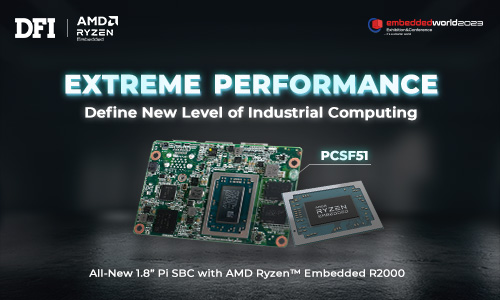
,有助於車隊管理員管理駕駛行為、運動感測、急煞車和衝擊偵測.jpg?timestamp=1689918406.42007)




